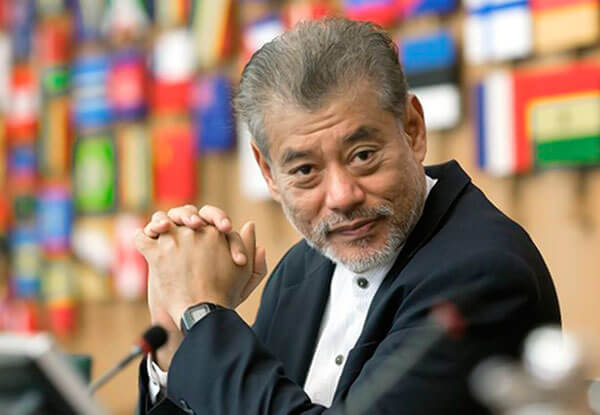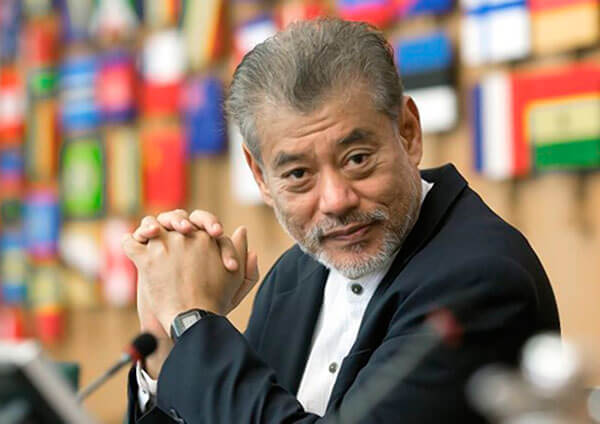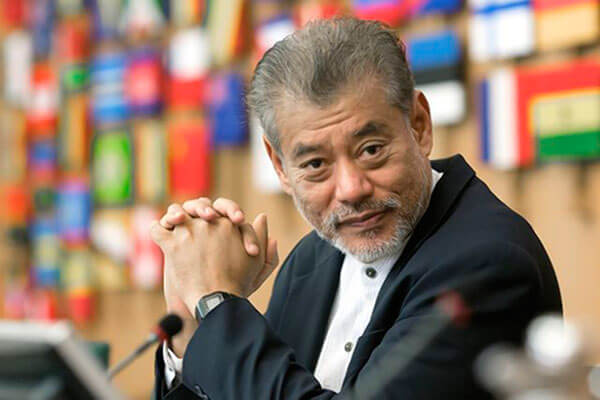Jomo Kwame Sundaram was United Nations Assistant Secretary-General for Economic Development, and received the Wassily Leontief Prize for Advancing the Frontiers of Economic Thought in 2007
KUALA LUMPUR, Malaysia, April 7, 2016 (IPS) – The Chinese character for crisis combines the characters for ‘danger’ and ‘opportunity.’ Our ability to improve the human condition depends critically on our ability to recognize and address dangers, but also to seize opportunities made possible by recognizing that crises offer rare opportunities to pursue extraordinary options not normally available.
New Post-War Consensus
World War Two was a case in point. The Bretton Woods Conference in July 1944 committed to create the conditions for enduring peace through post-war reconstruction and post-colonial development through sustained growth, full employment and reducing inequality.
Thus, Bretton Woods created the International Bank for Reconstruction and Development (IBRD) Development and the International Monetary Fund (IMF). The IBRD, better known as the World Bank, was created to support long-term investment and development. The IMF would help countries, not only to overcome balance of payments difficulties, but also “to direct economic and financial policies toward the objective of fostering orderly economic growth with reasonable price stability”. Similar concerns were behind the International Labour Congress two months earlier. On 10th May 1944, the Congress had adopted the historic Philadelphia Declaration which emphasized that “lasting peace can be established only if it is based on social justice”.
For decades after the war, labour’s share of output and gross income increased as other inequalities declined. This Golden Age also saw greater investment in health, education and public services, including social protection. The underlying post-WW2 consensus endured for over a quarter century before breaking down in the 1970s.
Marshall Plan
As the Cold War began, U.S. Secretary of State General George Marshall announced a re-industrialization plan for war-torn Europe. Politically, the Marshall Plan was intended to create a cordon sanitaire to contain the spread of communism. Generous infusion of US aid and support for national developmental policies ensured the rebirth of modern Europe. For many Europeans, this is still seen as America’s finest hour.
In the decades that followed, the Marshall Plan developed into what is probably the most successful economic development assistance programme in history. Similar economic development policies and assistance were introduced in Japan, Taiwan and South Korea, especially following the establishment of the People’s Republic of China and the outbreak of the Korean War.
This experience offers valuable lessons today. Europe and Northeast Asia rebuilt quickly, industrialized and achieved sustained and rapid growth through policies including economic interventions such as high duties, quotas and other non-tariff barriers. Free trade was only pursued as international competitiveness was achieved.
George Marshall knew that shared economic development is the only way to lasting peace, as John Maynard Keynes had warned in his criticisms of the impact of the Treaty of Versailles on Germany after the First World War. Marshall also emphasized that aid should be truly developmental, not piecemeal or palliative. National economic capacities and capabilities had to be nurtured to ensure sustainable development.
Counter-Revolution
Each era, no matter how successful, sows the seeds of its own end. The celebration of markets and private property were the major new economic norms invoked from the 1980s to undermine the post-war consensus. Nobel laureate Simon Kuznets’ hypothesis – suggesting the inevitability of inequality rising with growth before its eventual decline – was invoked to justify related inequality.
The higher propensity to save of rentiers and profiteers, compared to wage earners, became the pretext for the tolerance, if not deliberate promotion of inequality in favour of the former, ostensibly to accelerate investment and growth. Conversely, progressive redistributive measures were deemed bad for growth, as they allegedly not only lowered savings and investment rates, but also deterred investors.
From the early 1980s, the so-called “Washington Consensus” – the policy consensus on developing countries uniting the American government and the Bretton Woods institutions located in the U.S. capital city – emerged to rationalize the counter-revolutions against development economics, Keynesian economics and progressive state interventions.
Macroeconomic policies became narrowly focused on balancing the annual budget and attaining low inflation – instead of the previous emphasis on sustained growth and full employment with reasonable price stability. A relentless push for deregulation, privatization and economic globalization followed. Such measures were supposed to boost growth, which would trickle down, thus reducing poverty – hence, we were not to worry about inequality.
But the ‘neo-liberal’ measures largely failed to deliver sustained growth. Instead, financial and banking crises have become more frequent, with more devastating consequences, exacerbated by greater tolerance for inequality and destitution, which have undermined effective demand, in turn forming a vicious cycle, impeding sustained economic recovery and growth.
Global New Deal
The new global priorities from the end of the Second World War remain very relevant today. Empirical evidence has disproved the previous conventional wisdom that progressive redistribution retards growth. Instead, inequality and social exclusion have been shown to be detrimental to development.
After the last three and a half decades of regression, we have to recommit ourselves to the more inclusive and egalitarian ethos of the Philadelphia Declaration, Bretton Woods and the Marshall Plan with a global New Deal for our times.


























